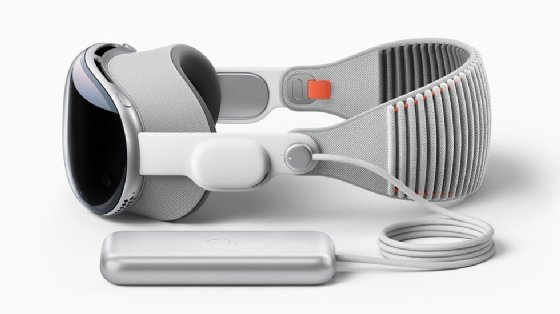augmented reality (AR)
What is augmented reality (AR)?
Augmented reality (AR) is the integration of digital information with the user's environment in real time. Unlike virtual reality (VR), which creates a totally artificial environment, AR users experience a real-world environment with generated perceptual information overlaid on top of it.
Augmented reality has a variety of uses, from assisting in the decision-making process to entertainment. AR is used to either visually change natural environments in some way or to provide additional information to users. The primary benefit of AR is that it manages to blend digital and three-dimensional (3D) components with an individual's perception of the real world.
AR delivers visual elements, sound and other sensory information to the user through a device like a smartphone, glasses or a headset. This information is overlaid onto the device to create an interwoven and immersive experience where digital information alters the user's perception of the physical world. The overlaid information can be added to an environment or mask part of the natural environment.
Examples of AR
- Target app. The Target retail app feature See it in Your Space lets users take a photo of a space in their home and digitally view an object, such as a picture on the wall or a chair, to see how it will look there.
- Apple Measure app. The Measure app on Apple iOS acts like a tape measure by letting users select two or more points in their environment and measure the distance between them.
- Snapchat. Snapchat can overlay a filter or mask over the user's video or picture.
- Pokemon Go. Pokemon Go is a popular mobile AR game that uses the player's GPS sensors to detect where Pokemon creatures appear in the user's surrounding environment for them to catch.
- Google Glass. Google Glass was Google's first commercial attempt at a glasses-based AR system. This small wearable computer, which was discontinued in 2023, let users work hands-free. Companies such as DHL and DB Schenker used Google Glass and third-party software to help frontline workers in global supply chain logistics and customized shipping.
- U.S. Army Tactical Augmented Reality (TAR). The U.S. Army uses AR in an eyepiece called TAR. TAR mounts onto the soldier's helmet and aids in locating another soldier's position.
- Apple Vision Pro. Apple Vision Pro is a spatial computing device that offers AR, VR and mixed-reality features. It live-maps a user's environment, and it offers passthrough and the ability to pin projections like web browsing windows to specific places in the user's environment. Users can control the device using gestures.
- Meta Quest 3. Meta Quest 3 is a mixed-reality headset that offers many similar features as Apple Vision Pro, including passthrough and productivity features. Users control this headset through gestures or controllers.
Future of AR technology
AR technology is growing steadily as the popularity and familiarization of apps and games like Pokemon Go or retail store AR apps increase.
Apple continues to develop and update its open source mobile augmented reality development tool set, ARKit. Companies, including Target and Ikea, use ARKit in their flagship AR shopping apps for iPhone and iPad. ARKit 6, for example, enables the rendering of AR in high dynamic range 4K and improves image and video capture. It also provides a Depth API, which uses per-pixel depth information to help a device's camera understand the size and shape of an object. It includes scene geometry that creates a topological map of a space along with other features.
ARCore, Google's platform for building AR experiences on Andriod and iOS, continues to evolve and improve. For example, ARCore uses a geospatial API that sources data from Google Earth 3D models and Street View image data from Google Maps. Similar to ARKit's Depth API, ARCore has improved its Depth API, optimizing it for longer-range depth sensing.
Improved AR, VR and mixed-reality headsets are also being released. For example, Meta improved its Quest 2 headset with Meta Quest 3, which was released in October 2023. This new headset is slimmer, lighter and more ergonomic than Quest 2.
In February 2024, Apple released Apple Vision Pro, bringing more competition to the AR and VR headset market. Vision Pro is targeted at early adopters and developers at a much higher price point than Quest 3. Meta Platforms is pursuing a wider audience at a $499 price point, while Apple is pricing Vision Pro at about $3,499. It's expected that Apple will produce a non-Pro variant of its headset at a more affordable price in the future. Developers of Apple Vision Pro will have to work with the visionOS software development kit. However, they can still use familiar Apple tools, such as ARKit, SwiftUI or RealityKit to build apps.
Other potential future advancements for AR include the following:
- More powerful and lighter devices.
- The use of artificial intelligence for face and room scanning, object detection and labeling, as well as for text recognition.
- The expansion of 5G networks that could make it easier to support cloud-based AR experiences by providing AR applications with higher data speeds and lower latency.



















No comments:
Post a Comment